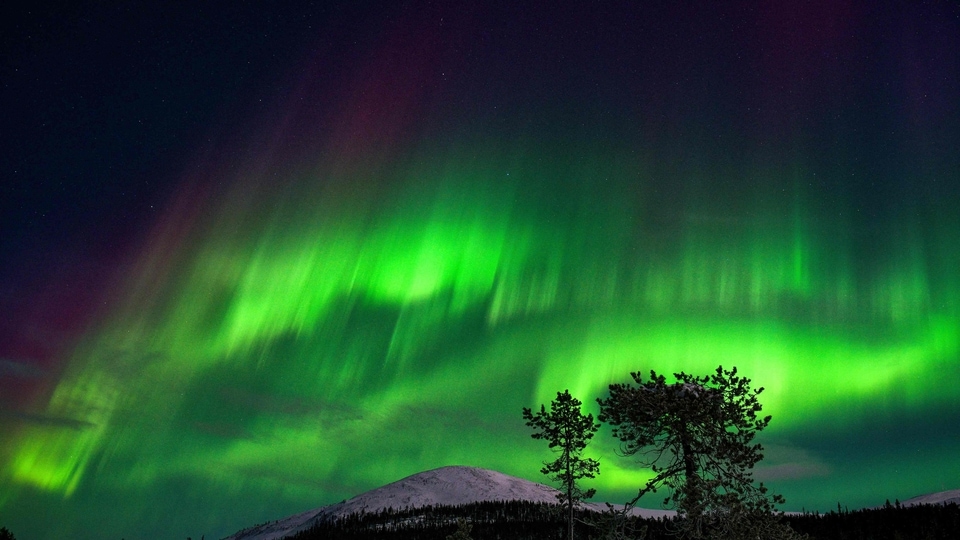In Pics: What are Northern lights? 5 facts about this stunning Aurora phenomenon
Have you ever seen streaks of green and blue light across the night sky? If you have, then you might have just witnessed a mesmerizing phenomenon called Northern Lights or Auroras. Wondering what it is? Here are 5 fun facts about Northern Lights which you need to know.
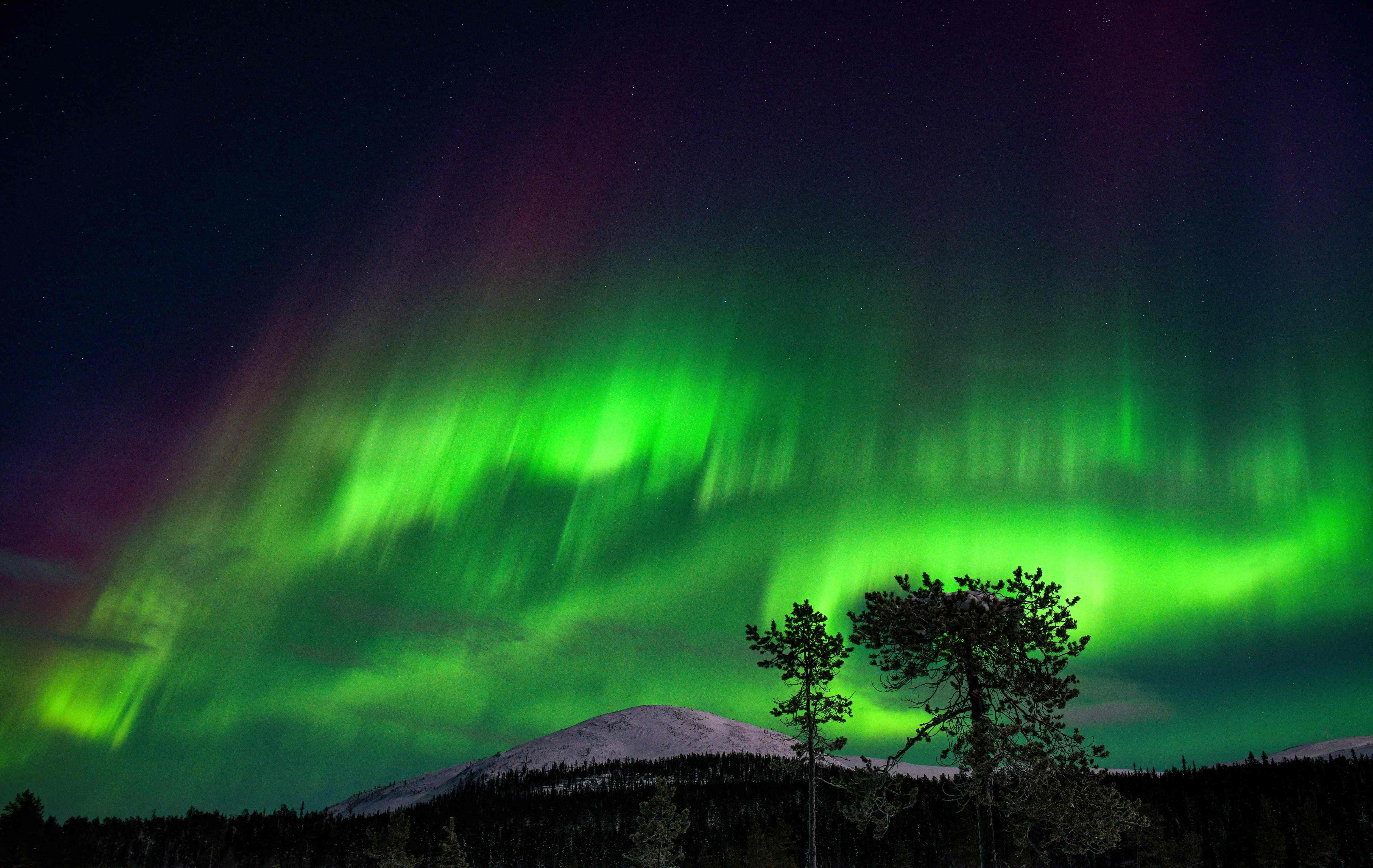

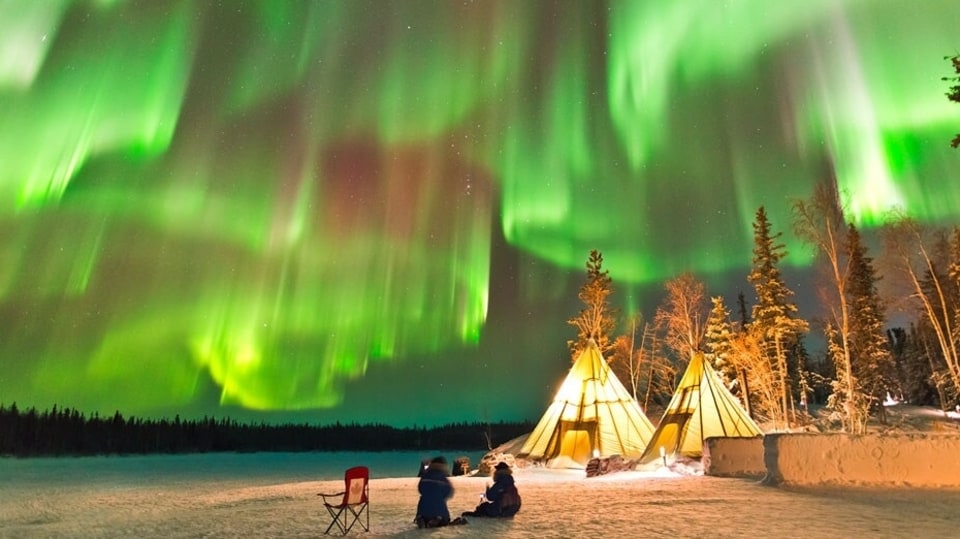
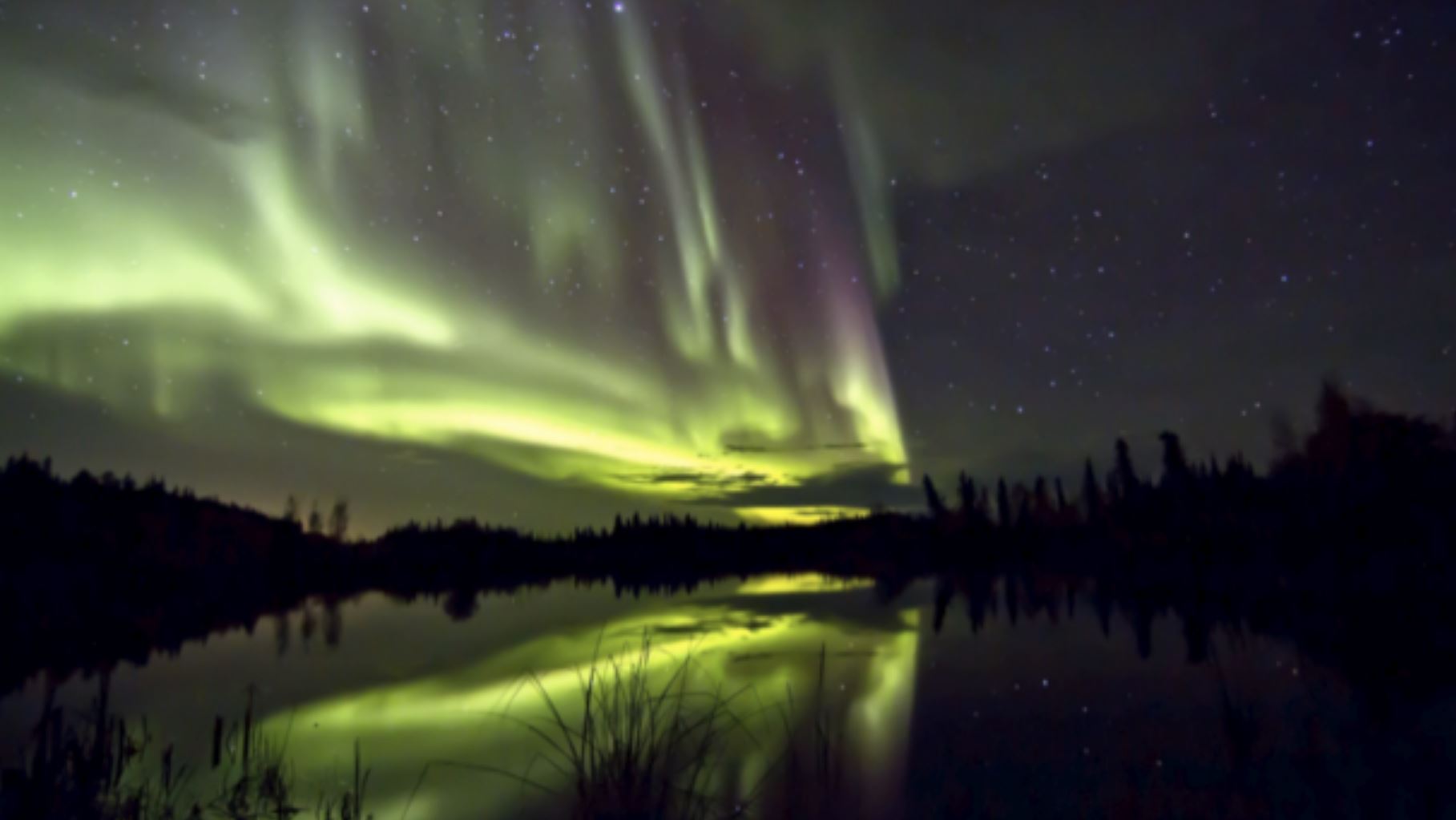


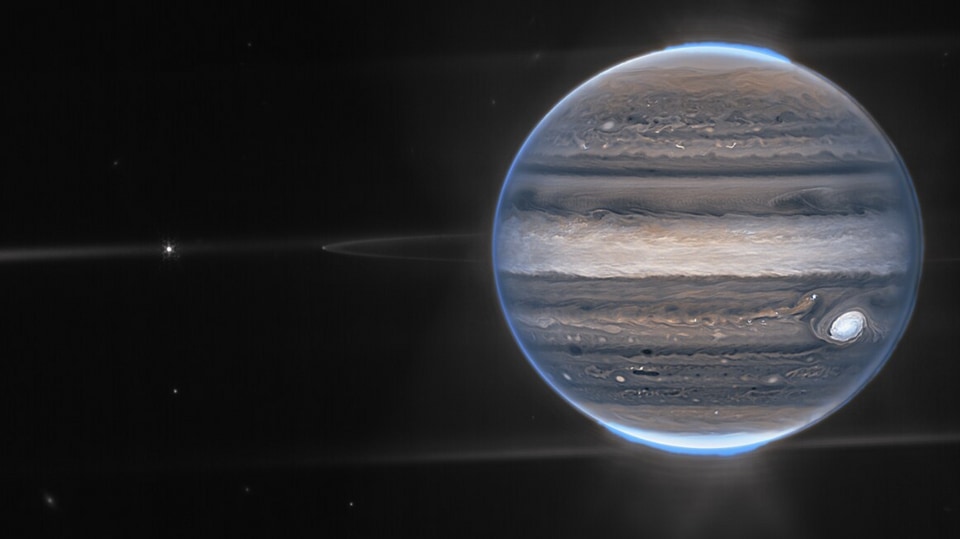
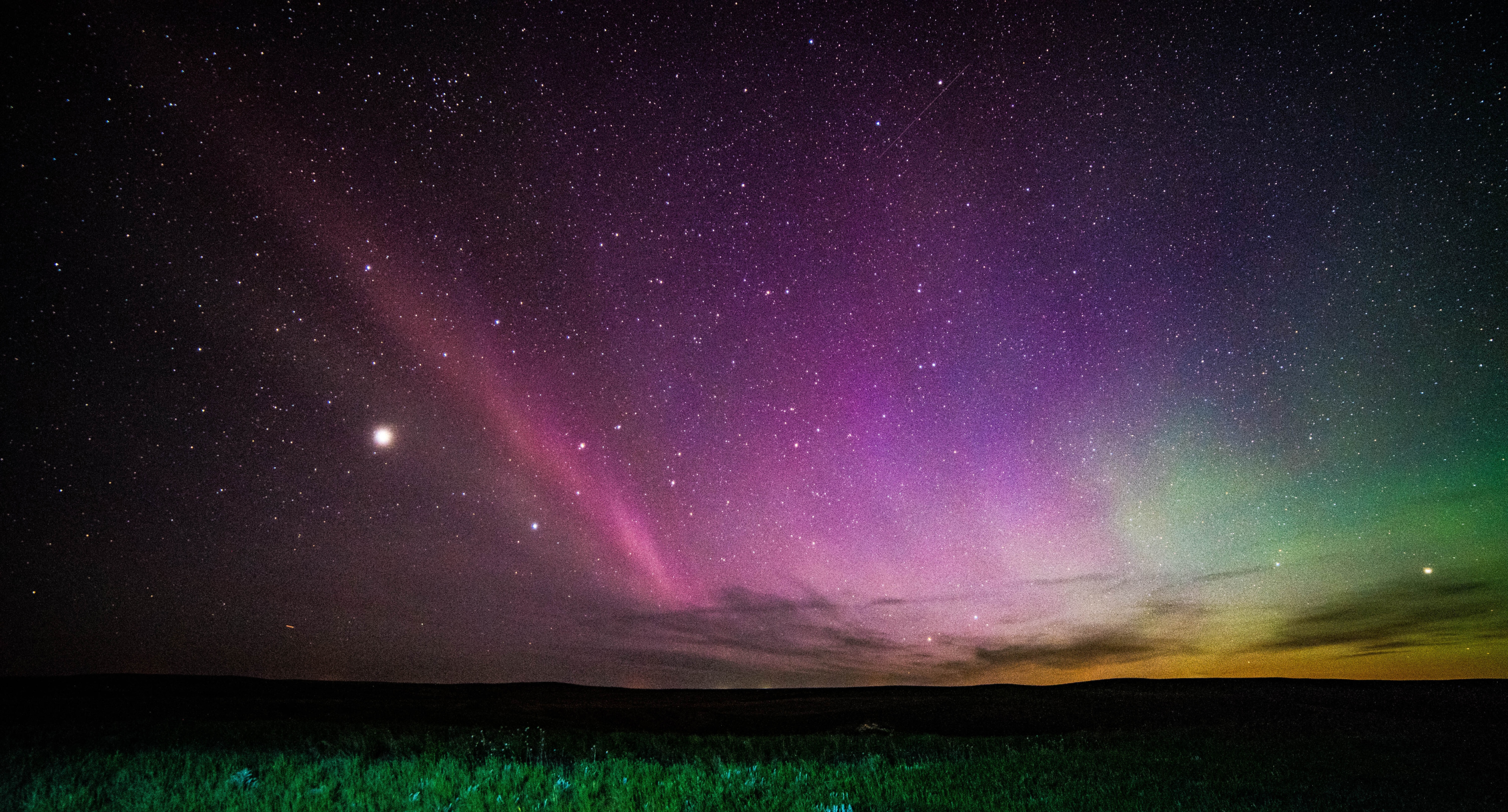
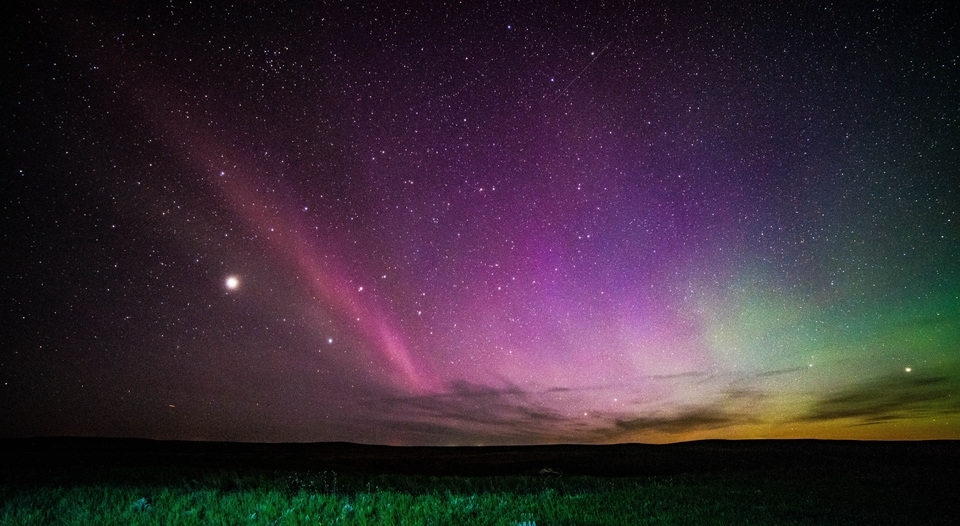
First Published Date: 19 Oct, 16:33 IST
NEXT ARTICLE BEGINS


